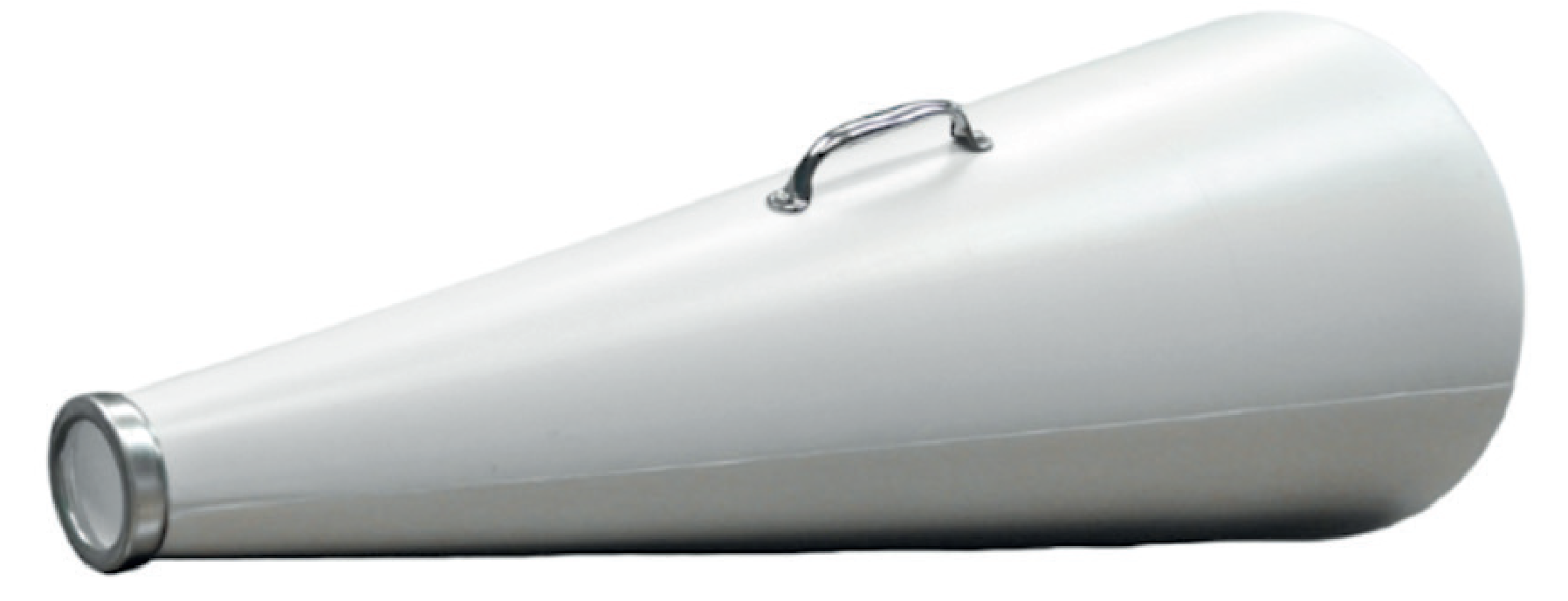

Sound is a form of energy created by the vibration of matter. When the material is vibrating, this shake is transferred to the materials in the vicinity, for example air. Consequently, the sound is produced by the movement of the material. If the vibrating air particles hit the human hearing organ, the vibration is perceived as sound. By transferring the vibration of particles to other material particles, the vibration energy is gradually lost. The sound goes down completely (when the vibrating energy is no longer sufficient to vibrate other surrounding particles). The gradual transmission and attenuation of the sound can be compared to the propagation of waves in the water after the stone has been thrown to a calm water surface. If the particles of the material oscillate quickly, one can perceive the emerging vibrations as high frequency sound (high tones). If the particles oscillate slower, the sound intensity is weaker (low tones). Another sound feature is the volume. We measure that in decibels. Human whisper is about 15-20 decibels. Sound that is over 85 decibels regularly can damage our hearing. Ear pain is felt at 130 decibels, and such sound can damage the hearing mechanically acutely so that the auditory organ stops working.
Transmission of the sound
Unlike light, sound is transmitted only through materials. Since the transmission of sound means the transmission of particle oscillations to other particles that are close to those oscillating, the sound is transmitted better by materials in which the particles are placed closer together. This means that the sound is better transmitted by solid than liquid and better liquid than gaseous substances. For example, while in the dry air the sound is spreading at 343 meters in one second, in the same time the sound goes up to 1482 meters and in the steel 4512 meters. It also follows that no sound is transmitted in the space in which no material (mass) is (in vacuum).

Since sound is in principle a vibration of material, it can also be perceived by touch. A healthy person has a hearing organ developed to perceive sounds. The auditory organ was developed to detect the movement of various materials and organisms in the environment. Movement creates a sound that gets into the ears of a person and then, based on experience, one can evaluate what a particular sound has caused and respond accordingly. People with hearingimpairments rely more on other senses, and they usually sound better by touch. If we put our hand on the throat and talk, we feel the sound in the form of vibration on the palm of the hand.
Man has auditory organs developed appropriately for his way of life. Since he is not a frequent prey to other animal species and at the same time is not dependent on prey hunting (it can use different tools for hunting), it does not have as developed auditory organs as other animal species. Typical signs of animals that can also perceive sounds that are no longer audible for man are, for example, various predatory animals such as fox or wolf, but also various prey, such as doe or hare. Usually, these animals have larger earplugs that ensure that sound waves are captured from a larger area and concentrated in the inner ear, with the earplugs turning to different sides without moving the body.

The principle of the operation of the larger ears can be explored by the inverted megaphone, or by simply placing the palms or other (preferably solid) objects to the ear, so that the sound is „collected“ from the larger area and concentrated in the ear, which is also adapted to the shape of the ear.
Interesting is also the fact that the ears grow for a whole lifetime. Human hearing is gradually worn out, and the enlarged ear can provide somewhat better capture of environmental sounds while hearing impairment due to less middle and inner ear functionality.
Sometimes we need the sound in the space to spread well (for example in lecture rooms or in concert halls) and at other times we need the sound not to be spread (eg in libraries). We are talking about the acoustic qualities of the rooms. Their construction uses information about materials and their behavior towards sound. Some materials absorb the sound, especially because the sound oscillates the particles of this material and the more particles vibrate much more. Sound may be reflected from other materials. In particular, solid materials.
We perceive the echo when the material from which the sound is reflected is at a certain distance, so that the reflected sound is perceived, it does not disappear when reflected and returned to our ear. If we want to call someone and are quite far away from us, or in a busy environment, we intuitively put our palms to the mouth and create a funnel to try to make the sound come. We create a simple megaphone. Certainly, this way of improving the propagation of sound generated in the vocal cords works. The cause is two different phenomena. The first is that by creating a funnel, we direct the sound so that it does not spread from the mouth to all sides, but travels more directly towards the recipient. The second principle has a greater effect on sound propagation. Whenever the sound spreads from a narrower space to a wider area, part of the sound waves are reflected back. The shape of the funnel will cause these sound waves not to be reflected back, but through the specific shape of the funnel they will reflect outwards, where we want them to get. The sound from the vocal cords gets into the mouth and gets out of the mouth by direct contact with the funnel (palm or megaphone), reflects and directs in the funnel, and goes further without more energy loss. For a megaphone to work well, it should therefore be as long as the sound waves that we want to amplify with a megaphone. The human voice has a wavelength of several tens of centimeters, so megaphones with a length of about 80 cm are suitable for spreading the voice (the official voice megaphone is 81.28 cm long).
